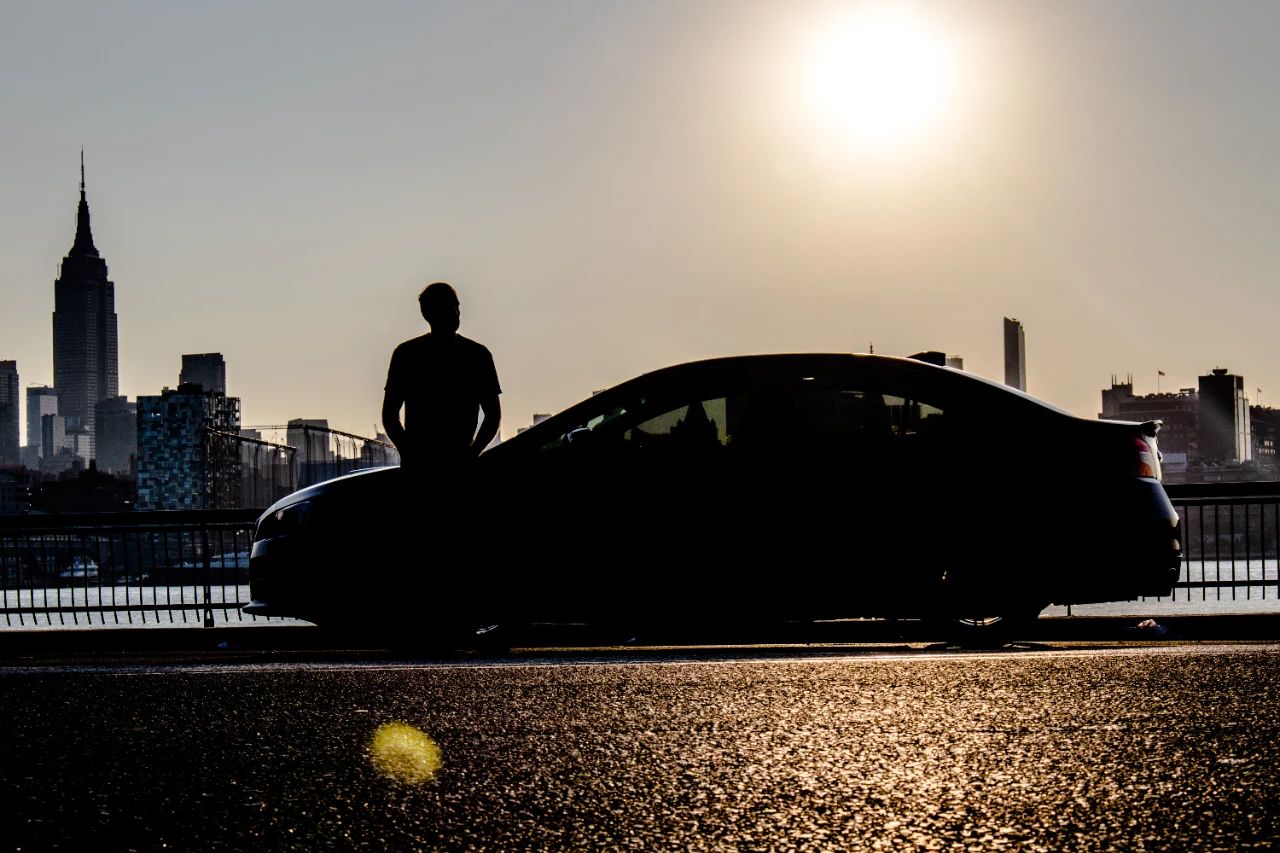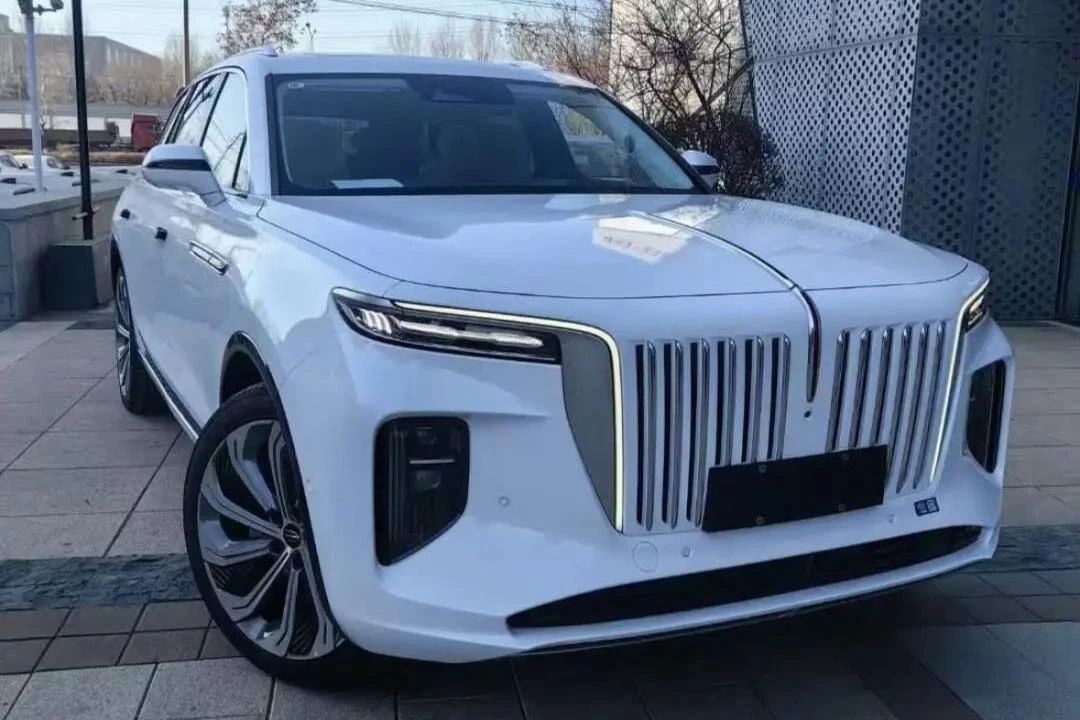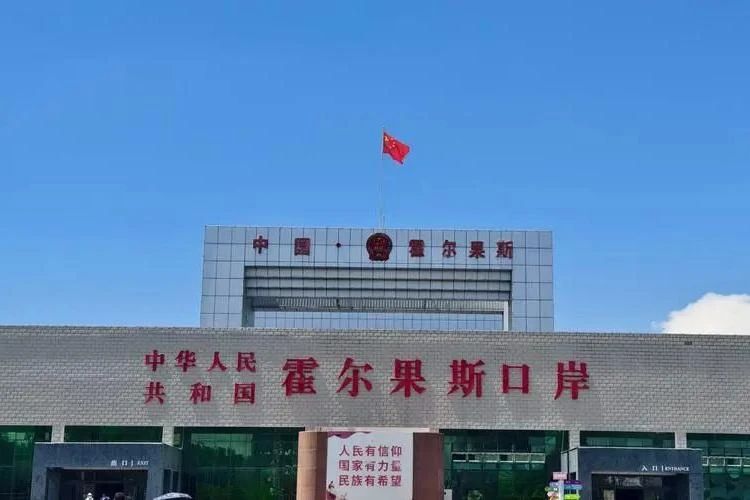Business Never Sleeps: The Overseas Odyssey of a Chinese Car Dealer
![]() 04/18 2025
04/18 2025
![]() 425
425

Those who adapt to the rules always survive.
By Hua Shang Tao Lue Sen Sai
New energy vehicle "parallel exports" is a shadowy trade involving the unauthorized export of domestically produced new cars, disguised as used vehicles, to other countries.
Once a lucrative "buy low, sell high" venture, it has now transformed into a game of survival.
[The Window of Opportunity for Pioneers]
On a bustling border day in 2021, the roar of diesel engines mingled with the clamor of Khorgos market. Mr. L from Hebei stood before a warehouse.
Rows of BYD and Zeekr electric cars, marked for export to Russia, awaited their new destiny, much like passengers stamped for departure.
At the time, Russian streets were dominated by fuel-powered Mercedes-Benz and BMW, with little recognition for Chinese electric cars in that frigid land. However, this void presented an opportunity for Mr. L.
He explored export routes through WeChat groups, pooled funds to purchase a BYD Han EV, and shipped it to Vladivostok.
Upon receiving the car, the customer took it for a test drive and exclaimed, "This is faster than a Mercedes-Benz S-Class!" Payment was swift, and the deal straightforward. Profits in the local market for new energy vehicles soared as high as 30%.
Mr. L honed his operations, gradually expanding his model range from high-end EVs to entry-level Benben e-Star, tapping into markets in Kazakhstan, Uzbekistan, and beyond.
Some customers placed their first order for four BYD Han models and expressed intent to order eight more. Some didn't even bother to see the car, transferring money via WeChat: "As long as it runs, it's fine."
With new technology and price advantages, Chinese electric cars began to assert their prowess, quietly influenced by these "dealers."
As the market matured, Russian buyers' preferences became clearer.
The affluent favored the luxurious and spacious Zeekr 001, while middle-class users opted for practical models like the ID.4 and BYD Dolphin. A shared core value was "safety," with many customers inquiring about door thickness and crashworthiness.
To uphold his reputation and grow his business, Mr. L collaborated with local dealers to establish an after-sales system encompassing maintenance and parts supply.
In the Kazakhstan market, a Model Y could fetch 570,000 RMB, and a Hongqi E-HS9 commanded an even higher price of 680,000 RMB. Chinese exporters pocketed 60% of the profit chain, with the rest going to channel commissions and logistics costs.
It was a golden era where dreams brought smiles, with orders pouring in, profits abundant, and relatively few players. Many "Chinese electric car dealers" like Mr. L, leveraging their responsiveness and networking resources, reaped their first windfall.

[The Game After the Dividend Decline]
However, market prosperity also ushered in drastic changes.
As new energy vehicles gained popularity in Russia, exclusive charging stations sprouted in Moscow and St. Petersburg parking lots. Official dealers began intervening in the import process, rapidly closing the "gaps" in gray trade.
From 2022 onward, a flood of entrepreneurs and micro-dealers learned about this export model through short video platforms. Videos claiming "monthly millions from selling cars in Russia" proliferated. The industry intensified competition, and price wars erupted.
The profit margin for a BYD Han once reached 100,000 RMB per vehicle but plummeted to 20,000 RMB, with some even selling below cost at 10,000 RMB just to recoup funds, relying on subsequent parts and maintenance subsidies.
Used car dealers also sensed an opportunity, procuring older models of new energy vehicles from China for resale to local customers.
Consumer concerns emerged: winter range reduction, scarcity of charging stations, and range dropping from 500 km to 300 km at low temperatures became new pain points.
Mr. L had to equip each vehicle with a third-party charging pile placed in the trunk, "like buying IKEA furniture; customers assemble it themselves at home."
Policy winds also shifted subtly. In October 2023, another dealer's 12 new energy vehicles were stranded at the Kyrgyzstan border, unable to clear customs despite having all necessary paperwork.
He received news that Russia was raising tariffs on new energy vehicles and blocking gray channels.
The Khorgos channel's daily clearance volume dropped from 100 vehicles to less than 50, with over 10,000 vehicles stranded. To jump the queue, an additional 12,000 RMB clearance fee was required.

Mr. L had to reroute through Baketu.
However, new troubles arose immediately.
The wrong type of invoice was issued, preventing vehicle registration in Uzbekistan and delaying delivery.
Border ports resembled battlefields, with people rushing, arguing, and even fighting in parking lots. Police, drivers, and car owners collectively portrayed a miniature society under the gray chain.
Although Chinese brands remained winners, Chery's monthly sales in Central Asia surpassed 100,000 units, and brands like Jietu and Xingtu enhanced market recognition through more "down-to-earth" localization strategies, even offering "lifetime warranty" signs.
But the tide had turned. Russian users' car preferences began to waver, with more favoring used Mercedes-Benz and Toyota vehicles aged three to five years. The new energy dividend was dissipating, and exchange rate fluctuations further compressed profit margins.
Mr. L promptly adjusted his strategy, shifting to acquiring mid-to-high-end used cars for export after refurbishment.
For example: a 2019 UR-V, acquired domestically for 80,000 RMB and exported for 140,000 RMB; a 2020 Volkswagen Tiguan L with a price difference of 60,000 RMB; and a 2018 Mercedes-Benz GLC sold from 150,000 RMB to 260,000 RMB. Profits were stable and no longer impacted by policy changes.
While others frantically offloaded goods, he chose a different path – opening a maintenance station in Moscow specializing in Chinese new energy vehicles. His slogan was: "I fix what others won't."
After-sales service became a differentiating advantage, with more customers willing to pay an extra 10,000 to 20,000 RMB for peace of mind.
Policies changed, channels evolved, and customers shifted.
Those who adapted to the rules often survived longer.
[Industrial Fracture and the "Invisible" Strategy]
Most dealers who initially entered this industry reached customers through social platforms. They created English TikTok videos, standing at docks to introduce models, market conditions, and customs clearance tips, using fluent English to establish the first channel with overseas buyers.
As the business grew, the video language subtly shifted to Chinese, and the audience transformed from foreign customers to domestic peers. Platform content gradually evolved into "tutorials," from sourcing to negotiation and avoiding policy pitfalls, driving batches of gold seekers into the market.
Some referred to these individuals as "Moses"-like figures: they blazed a trail and led the followers. However, as more accounts began selling courses, the industry's golden age ended.
Mr. L also quietly transformed.
He expanded his business to emerging markets like Africa, Southeast Asia, and Latin America – wherever there was a potential market, his cars went there.
On the streets of Phnom Penh and Hanoi, Zeekr and BYD models began to take root;
Albania had unusually stringent shipping requirements for battery capacity, not allowing it to exceed 50% or fall below 30%, with any deviation preventing loading;
Import taxes in the United Arab Emirates frequently changed, while countries in Africa like Ghana became new battlegrounds for Chinese heavy trucks.
An order from Tianjin Port to Costa Rica required a three-month voyage, circumnavigating the Pacific to reach the port of Caldera;
Orders for new energy vehicles in the Dominican Republic followed, but port schedules were unstable, and any shipment delays significantly increased costs.

With rising logistics costs, frequent policy changes, and gradually thinning profits, parallel exports had long bid farewell to the era of quick money. Players who once earned millions monthly were "brought back to reality" by a single port notice, but Mr. L's network continued to expand.
In July 2023, he filmed a video at Yantai Port, with a cargo ship bound for Guinea in the background, carrying 40 Chinese Sinotruk dump trucks. Someone commented asking why he was selling heavy trucks, to which he responded:
"There's a ship coming back from Guinea with empty space; it's a waste not to bring something back."
This was the last time he appeared on camera.
A few months later, some noticed that some videos on his account had been deleted, and his team had already established a maintenance factory in Africa, becoming a true upstream supplier.
He was no longer just a dealer but a wholesaler, even an infrastructure builder in the chain of Chinese cars going overseas.
Today's parallel export market no longer belongs to those who "make quick money on information gaps." Leading enterprises have taken over warehousing, logistics, after-sales, and sales networks, making it difficult for ordinary people to intervene.
But even so, there are still those operating on the fringes.
They have no brands, no showrooms, no huge financing, relying on a few hundred thousand RMB in capital to overcome obstacles related to ports, exchange rates, customs clearance, and policies, sending Chinese cars and commodities to lands where the original networks have not yet reached.
Eventually, they will all be washed away by the tide, but they are already part of it.
——END——
Welcome to follow [Hua Shang Tao Lue], recognize influential figures, and read tales of strategy and wisdom.
All rights reserved, no private reprinting allowed.
Some images are sourced from the internet.
In case of infringement, please contact us for deletion.








